#Ming architecture
Explore tagged Tumblr posts
Text









Xiangyu Ancient Castle 湘峪古堡
Originally built in 1614, Xiangyu Ancient Castle in Jincheng, Shanxi province served as both a military fortress and a residential area, protecting local residents from invasion and banditry during the turbulent times of the late Ming (1368-1644) and early Qing (1644-1911) dynasties. Today, the castle complex is a popular tourist destination, attracting visitors with its ancient residential buildings, sturdy stone walls, watchtowers and elaborate carvings.

#china#🇨🇳#Shanxi#Shanxi province#chinese heritage#chinese culture#chinese#historic towns#chinese architecture#chinese history#people’s republic of china#prc#sino#north China#Northern China#fortress#fortification#chinese fortification#fort#chinese fort#Ming Dynasty#Qing Dynasty#Ming#qing#chinese fortified town#fortified town#forts#Ming architecture#Ming Dynasty architecture#architecture
120 notes
·
View notes
Text









Old Chinese houses are an inexhaustible creative space in terms of wooden interiors. To me, something alike is associated with childhood memories of a countryside house in Zhejiang.
Photo: ©遗产君
#ancient china#chinese culture#chinese history#chinese architecture#ming dynasty#qing dynasty#old china#chinese customs#wooden architecture#wooden buildings#wooden interior#vintage interior#interiors#interior design#interior architecture#interior#interior decor#interior inspiration#woodworking#wood carving
1K notes
·
View notes
Text
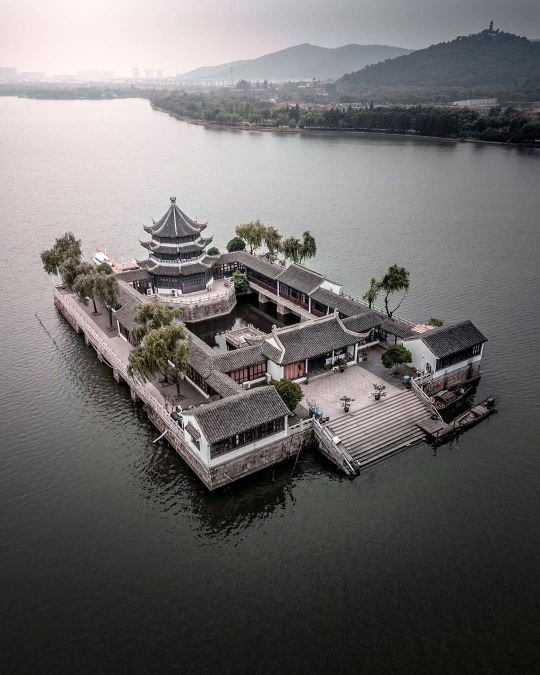
Tianjing Pavilion, Lake Shi. Suzhou, China,
Photo by Jeff Deng
#art#design#architecture#history#luxury lifestyle#style#pavillion#ming dynasty#china#lake shi#suzhou#tianjing pavilion#jeff deng#1612
2K notes
·
View notes
Text
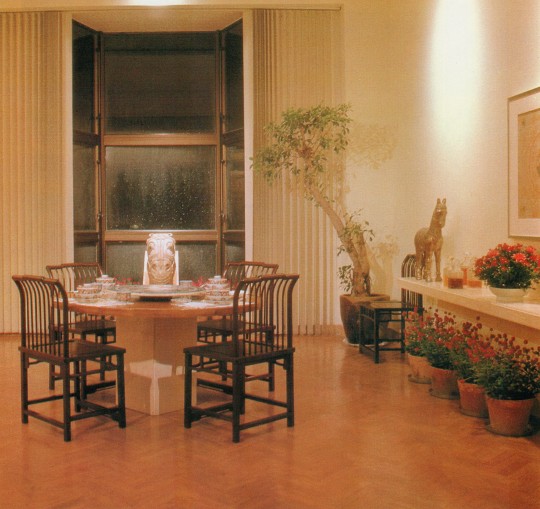
Honed, like the entire collection, to essential simplicity, the Dining Room is appointed with a Chinese table and elegant Ming Dynasty chairs. From India a wooden horse head, in front of the bay window, and a standing horse figure provide subtle cultural contrast to a Korean screen.
Contemporary Apartments (The Worlds of Architectural Digest), 1982
#vintage#vintage interior#1980s#80s#interior design#home decor#dining room#bay window#parquet floor#house plants#sculpture#Ming dynasty#antique#chairs#furniture#contemporary#chinoiserie#style#home#architecture
301 notes
·
View notes
Text
A Mirror Across Timelines: Mitsurugi
(For the September community prompt. This will also be on Ao3 with notes and stuff later.)
As strange as it had been for Mitsurugi to find himself in Beijing, he was brimming with strength. Not a moment ago, he was in a Spanish port town and what had happened there was far too invigorating to have been a dream. In a flash of white light, he was spirited away to a place lit by a strange fiery glow. All around him floated towers and arches that twisted and broke into rubble, all being pulled into a blue maelstrom. The air itself thrummed with power when he dueled the silver-haired shapeshifter Iska Acht who brought him there. Then came a voice that rumbled through the chaos like distant rapids, but its words were no clearer to him even as the second white light faded. Whatever it was that had awakened there—warrior or demon—Mitsurugi wondered if it was waiting for him in Ming.
Passing shop after shop along the wide street, Mitsurugi looked around to get his bearings. Although he could recognize many characters, his pronunciation of any of them would stand out as much as his armor did. Passersby gave him a wide berth and he caught more than a few uneasy looks from them. Mitsurugi maintained a nonchalant attitude that had served him well in his travels, but there seemed to be something more to their wariness. Was Hideyoshi carrying out his ambitions of conquest?
Amid all the chatter, he caught the word wōkòu—Japanese pirate. Mitsurugi jerked his head to his left and saw two young men hurry into an alley and disappear. He scowled, knowing it would make no difference to them that he had slain pirates on his way back to Japan several years ago. Shading his eyes as the sun glared through a gap in the dark clouds, he hastened his steps. Though the clouds were rolling northward, toward the mountains, the air felt heavy enough to rain at any moment. Much to his relief, ahead was a red-fringed banner that bore the character for wine.
He had not realized just how hungry he was until he walked into the tavern. Mitsurugi had no desire to explain in halting Chinese how he had gotten here from Spain, but the tavern-keeper had noticed the reals among his few wén coins and seemed to give a knowing nod. After a filling meal of fried rice and enough wine to ease his nerves, Mitsurugi bought a night’s stay in a small room upstairs. As he settled in and began to unfasten his armor, thunder rumbled outside and rain followed.
Whoever this new opponent is, he thought to himself, maybe the silver-haired child will lead me to him.
A white flash, like lightning striking nearby, startled him to his feet. But no sound came. A blaze of crimson light filled the room. Mitsurugi grabbed his sword, with only his cuirass remaining to shield him. His heart pounded fiercely as he recognized the power that coursed through him once more as he prepared to draw. The red light vanished as though it had been snuffed, leaving only the soft light of the paper lantern overhead.
Now a swordsman stood before him. His short, black hair was streaked with gray, as was his beard. A katana was tied at his sash, yet the top of his frayed, black kimono hung off his left shoulder like a monk’s robe. The hems of his black hakama were equally tattered. A large necklace of prayer beads hanging from his right shoulder seemed to complete his monkish look. Yet, his bare right arm bore what were almost certainly dueling scars.
“Are you here to fight me?” Mitsurugi challenged.
Sardonically, the swordsman raised a thick eyebrow. “Here?” he asked with a barely suppressed laugh. “Don’t you know who I am?” He pointed to a single, round scar just below his right shoulder.
Mitsurugi sheathed his sword and instinctively touched the same spot on his cuirass. “How…?” he gasped. “How is it possible?”
“You should know.”
There was no mistaking the scar from the tanegashima duel. Mitsurugi remembered how Iska Acht changed her form three times to test him, but it had been nothing like this. If this was a trick, he suspected that his older self would not have bothered to kick off his geta. “I mean… How did you get here?”
“Ah, that. The Astral Chaos brought me here, and there’s no telling where it can take you. I could’ve gotten lost there if it wasn’t for you. Tell me, where are we now?”
“Beijing. The outer city.”
The swordsman took a glance from the lattice window. “So it is. What year is it? You look about twenty years younger than me.”
“Eighteenth year of Tenshō, unless something happened while I was gone. Or, an Earth Ox year.”
At this, his older self cracked a wry smile. “Hm. Say, is that Shishi-Oh?”
Mitsurugi hesitated, noticing that the grip on the swordsman’s katana was black. “Yes.”
“May I see it for a moment?” The swordsman’s voice lowered to an almost reverent tone.
Mitsurugi’s heart sank at the thought that his finest sword had been lost. Even so, he unsheathed it. The older Mitsurugi gazed upon Shishi-Oh as though it were a son he had not seen in years. His expression turned somber and wizened.
“Cherish it. Hone it and wield it well.”
“Of course.” Mitsurugi gravely nodded and sheathed his sword. “I need it in top condition. There’s an opponent I’m supposed to meet. He must have something to do with this Astral Chaos. I heard something—”
Surprise flashed in the older swordsman’s eyes. “What did you hear?”
“I couldn’t make it out. That silver-haired child, what’s her name…? Iska Ahha…” He felt his throat catch on what was meant to be a guttural sound, along with slight embarrassment for it. “Acht, that’s it! I thought this Iska Acht would bring me to a worthy opponent, but well, here I am. Whatever that voice was, she had different ideas.”
The older swordsman thoughtfully rubbed his chin. “You’ll meet him, this new opponent.”
“Where did—uh, where might I find him?” Mitsurugi felt as though he had been talking to Edge Master, rather than himself.
“You won’t find him right away, but you will need one thing. Head to the fortress at Xiwei on the western border of Ming, and in time, you’ll meet your greatest opponent yet.”
Mitsurugi grinned. “That’s more like it! But what am I supposed to find there?”
“A shard of the very sword that started this. You’ll know you’ve found it when you feel it.”
With his brow furrowed, Mitsurugi wondered if it was that same power he had felt in the Astral Chaos. “If that’s so, I’ll prepare to set off at once!”
The older swordsman grinned back at him. Then crimson light filled the room once more. A regretful look crossed his face he stepped back into his geta. “I'm afraid I can’t stay much longer.”
Mitsurugi stood transfixed at the glowing portal, half-expecting Iska Acht to appear. He almost wanted to reach out to his older self, but he gratefully bowed.
“Fare well.”
Mitsurugi felt a chill as his older self stepped into the twisting chaos. At once, the crimson light was gone, and in one last flash of white, the room was once again as it should have been. He fell silent as the sounds of people in the tavern, noises of the street, and rain returned all at once to his ears.
“Damn,” he hissed, pressing a hand to his forehead. “I could’ve asked him what changed in his time!” But he knew it would be a long time before he reached Japan again, and he was no stranger to long journeys. Mitsurugi quietly settled on the bed and began to plan. Soul Edge itself seemed nearer than it had ever been.
#soul calibur#soulcalibur#heishiro mitsurugi#my fic#sorry if this is a mess; real life kept getting in the way#i did not need to open 8 tabs about ming dynasty beijing for this#i got the damnedest sense of déjà vu writing the tavern scene so i planned to have him take shelter from the rain in a temple instead#but i didn't want to spend another 4 hours researching architecture and this was delayed long enough#there's a little linguistic in-joke in the dialogue if you know where to look#i think i might be using two different romanizations for japanese here oops
10 notes
·
View notes
Text


Ridge finial (detail)
Shanxi Province, 1631, Ming dynasty
Glazed earthenware
Dragon-shaped finials, located at both ends of the roof ridges of temples and palaces, are the largest of the tile ornaments. Dragons symbolize water and rain and thus protect against fires. This finial, composed of four pieces, is over 150 cm tall. It comes from a temple in Shanxi and bears a dated inscription.
49 notes
·
View notes
Text







Days. Tsai Ming-Liang. 2020
#days#tsai ming liang#2020#chinese cinema#spaces#architecture#liminal spaces#cinematography#cinema#art
2 notes
·
View notes
Text



Tongxin Grand Mosque, Ningxia, China.
An abandoned 14th century Buddhist temple, renovated and rededicated as a mosque in the 17th century.
The Chinese Red Army held several important meetings with the local people at the mosque in 1936.
It remains in use as a mosque of the Yihewani sect, and, 100s of birds nest in the tower and surrounding buildings.
3 notes
·
View notes
Text
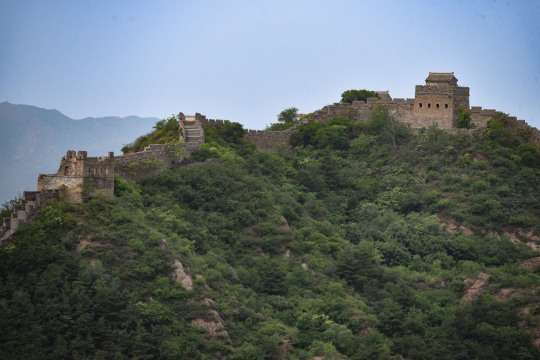
长程 - Great Wall
Jinshanling, Hebei, China
7 notes
·
View notes
Text
Exploring the Mystical Beauty of the Great Wall of China
Introduction The Great Wall of China is one of the most iconic and awe-inspiring landmarks in the world. Spanning over 13,000 miles (21,000 km) across northern China, this ancient structure is an incredible feat of engineering and a symbol of Chinese history, culture, and resilience. Originally built to protect Chinese states from invasions, the Great Wall stands as a testament to the country’s…
#Adventure Tourism#Ancient Architecture#Architecture#Beijing#China Tourism#Chinese History#cultural heritage#Engineering Feats#Great Wall of China#Hiking#Hiking Trails#Historical Landmarks#Landscape#Military History#Ming Dynasty#Qin Dynasty#Travel Destination#UNESCO World Heritage#Warring States#World Wonders
0 notes
Text

Chiwen (鸱吻) is the animal shaped components at both ends of the ridge of Chinese buildings. It is made of pottery& colored glass and has the function of fixing roof tiles. Chiwen is one of the nine sons of dragon,it can spray waves and rain that used on the roof ridge to avoid fire.
#chiwen#house of the dragon#Chinese building#pagoda#ming dynasty#rooftop#鸱吻#chinese architecture#architecture#tang dynasty#feng shui#carpentry#masonry#bilateral symmetry#sky well#taoism#chinese palace#temple#ornamental#chinese mythology#loong#symbolism
1 note
·
View note
Text
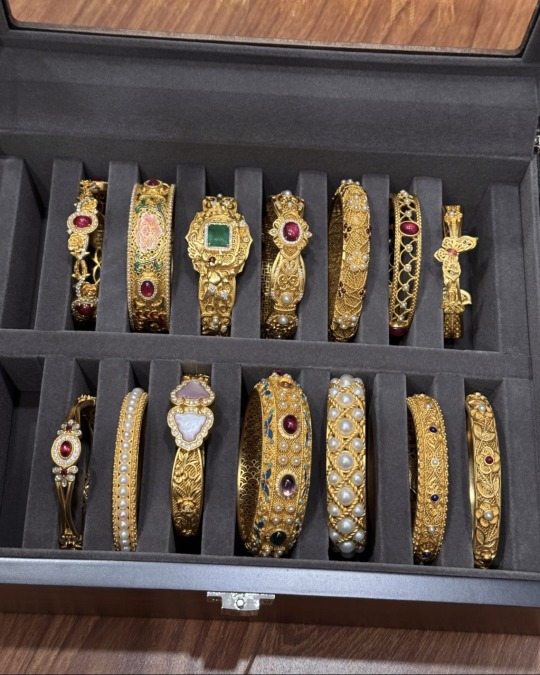




Traditional Chinese gold bracelets. Made using an ancient craftsmanship called filigree inlay 花丝手镯
Beijing and Hebei filigree inlay techniques were historically the most famous and renowned in the industry.
Examples of Chinese bracelets from the Ming and Qing dynasties (1368-1644 and 1644-1912 respectively).

#china#chinese heritage#chinese culture#chinese#people’s republic of china#Jewelry#chinese architecture#Beijing#chinese history#Chinese jewelry#chinese gold#gold#Beijing + Hebei#bracelets#Ming dynasty#Chinese crafts#qing Dynasty#artifacts#Chinese artifacts#Hebei#Chinese craftsmanship#Chinese bracelets#chinese fashion#chinese art#🇨🇳#filigree inlay#golden bracelets#gold bracelets#gold jewelry#craftmanship
586 notes
·
View notes
Text






Abandoned Ming dynasty rural graveyard, Zhejiang.
Photo: © Aier闽
#ancient china#chinese culture#chinese architecture#ming dynasty#graveyard#cemetery#grave#gravestone#ancient tomb#tomb art#old cemetery#landscape#scenery#old china#chinese customs#chinese folk religion
401 notes
·
View notes
Text

Bell Tower of Xi’an in China
The Bell Tower of Xi’an dates from 1384, during the early Ming Dynasty. Its original function was to repost news in ancient times. Later, the tower played key roles in the events of the early 20th century such as the Revolution of 1911 and the War of Protecting the Nation. Furthermore, it worked as an alarm station for warning the Japanese air raids during the Anti-Japanese War. The tower was also the first cinema in the city, opened in 1927.
seven7panda
#seven7panda#photographer#bell tower of xi'an#china#bell tower#history#architecture#ming dynasty#revolution of 1911#war of protecting the nation
1 note
·
View note
Text
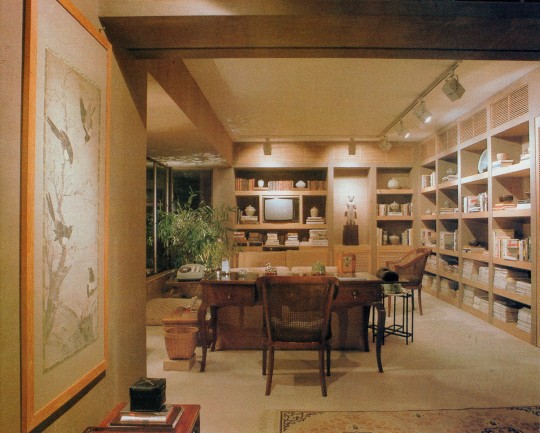
A Khmer stone sculpture and a Ming Dynasty painting adorn the upstairs Master Bedroom. The room also functions as a comfortable study.
Contemporary Apartments (The Worlds of Architectural Digest), 1982
#vintage#vintage interior#1980s#80s#interior design#home decor#bedroom#study#library#custom#bookcase#Khmer#Ming Dynasty#artwork#antique#contemporary#style#home#architecture
222 notes
·
View notes
Photo
Chinese hanfu.





108 notes
·
View notes